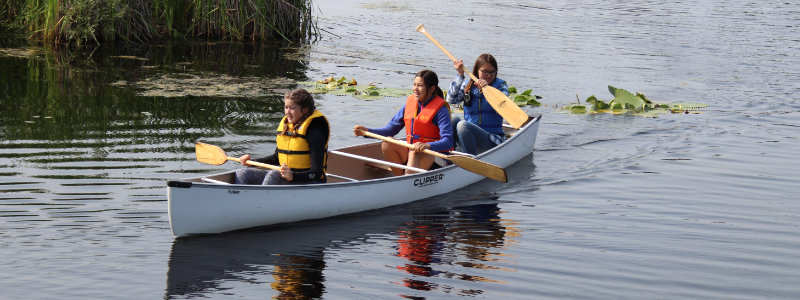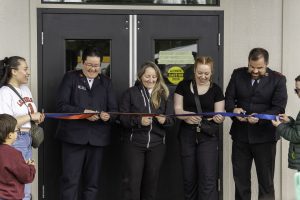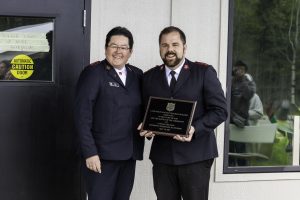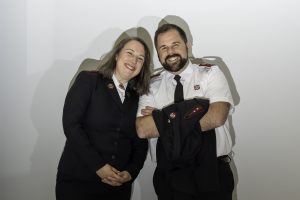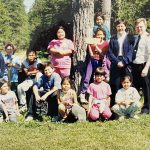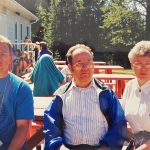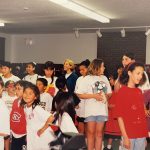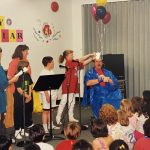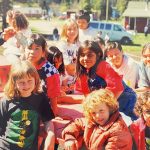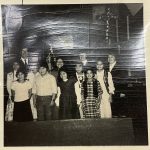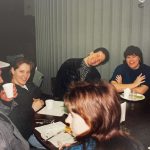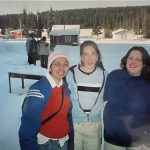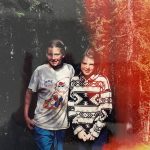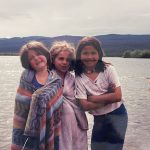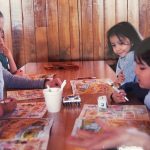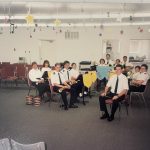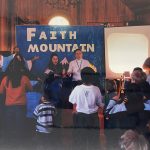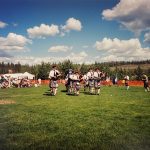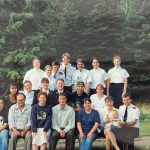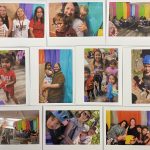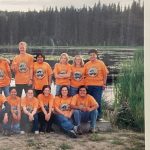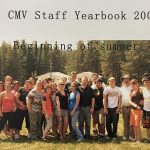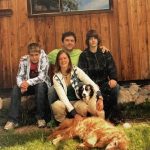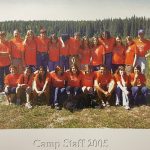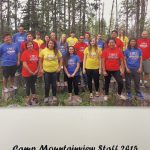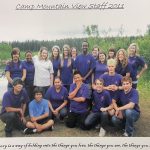A Brief History of Camp Mountainview
The BC Division was once two divisions — North and South. Camp Mountainview was designated as the camp for the Northern Corps. The first Divisional Youth Secretary (DYS) for the BC division was Lieutenant Donna Barthau, who served from 1981 to 1984.
The Early Days of Youth Ministry
Lieutenant Donna began her work by focusing on the junior soldier and corps cadets programs. Like many who followed her, she saw the need and potential for developing leaders in the northern corps. She quickly encountered many capable servants of Christ who were eager to serve but needed the right resources. Donna’s ministry extended to the Nisga’a and Gitxsan villages, where she focused on teacher training and empowering local leaders.
In the beginning, Salvation Army camping in the north was limited to renting a facility in the Terrace area for two weeks each summer. The first week served as a holiday camp for children not yet connected to The Salvation Army, while the second week hosted a Junior Soldier camp for those already committed to the programs. By 1983, the camps were so full that children were being turned away due to limited capacity.
The Vision for Camp Mountainview
Lieutenant Barthau was always looking for ways to encourage and develop young people. One initiative she introduced was the corps cadet honor student program, where cadets had to meet specific criteria to be selected as Junior Leaders at camp. The first recipient of this honor was Davey Griffin.
During this time, the Youth Service Corps program was established. This program brought cadets and young leaders from other provinces to help run the summer camps in northern BC. These years of growth were vibrant and full of energy, thanks to the dedication of many hands. The Divisional Commanders during this time were the Kerrs, followed by Lloyd Eason.
The northern BC division was an exciting place to be. The 1982 Easter Congress was a particularly memorable event, where the children of the north showcased their enthusiasm with singing, scripture readings, and energy that left a lasting impression on the Territorial Commander.
The Search for the Right Property
One of the first priorities Lieutenant Donna brought to her new Divisional Commander was the need for a permanent camp. Together, they decided to move away from the Terrace area and search for a more central property that could serve the northern region better. This would allow them to reach children from Prince George, while still working with the children in the Gitxsan and Nisga’a nations. Although the Divisional Headquarters was located in Prince Rupert, a more central location made more sense for the camp’s reach.
Lieutenant Donna began working with a real estate agent in the Smithers area. The first property they explored was beautiful but very remote, accessible only by helicopter. Despite looking at several other properties, they couldn’t find the right one. Eventually, The Salvation Army asked for a hayfield they could repurpose as a camp. This led them to discover the current Camp Mountainview property atop Hungry Hill. While it was far from perfect — lacking waterfront access and staff housing — the property had great potential. The old farmhouse could possibly be renovated, and the price was $250,000 at the time. In 1984, the camp was finally purchased, with support from the Territorial Commander, who helped secure the necessary funding.
A New Beginning at Camp Mountainview
The acquisition of the camp was met with great excitement. Now, youth from Prince George could fully participate in the ministry. This was especially significant, as youth ministry in the north had often been viewed as “native youth ministry.” The goal was always to have a camp where children from the Gitxsan and Nisga’a villages, as well as those from Prince George and beyond, could come together.
The Divisional buy-in and ownership were essential, and the community rallied behind the new camp. The first work weekend, held over the May long weekend, was a huge success, with over 100 people coming to prepare the camp for the summer. Attendance was mandatory for all corps cadets, and it was a time of hard work and excitement as the camp began to take shape.
The Vision for the Future
The original vision for Camp Mountainview was to use the large hayfield, away from the house, for recreational camping. The hope was to develop it in a way that would allow RVs to be pulled in, providing a financially viable option to generate income for the camp.
Naming the Camp
Once the camp was ready, a contest was held within the division to choose the name. “Camp Mountainview” was selected, inspired by the stunning views from the back hayfield.
As we celebrate 40 years of Camp Mountainview, we reflect on the vision and dedication of those who worked tirelessly to build this camp and ministry. From humble beginnings to a vibrant and thriving space for youth ministry, Camp Mountainview continues to serve children and young people from all walks of life in northern BC. Here’s to 40 years of memories, growth, and inspiring the next generation of leaders!

